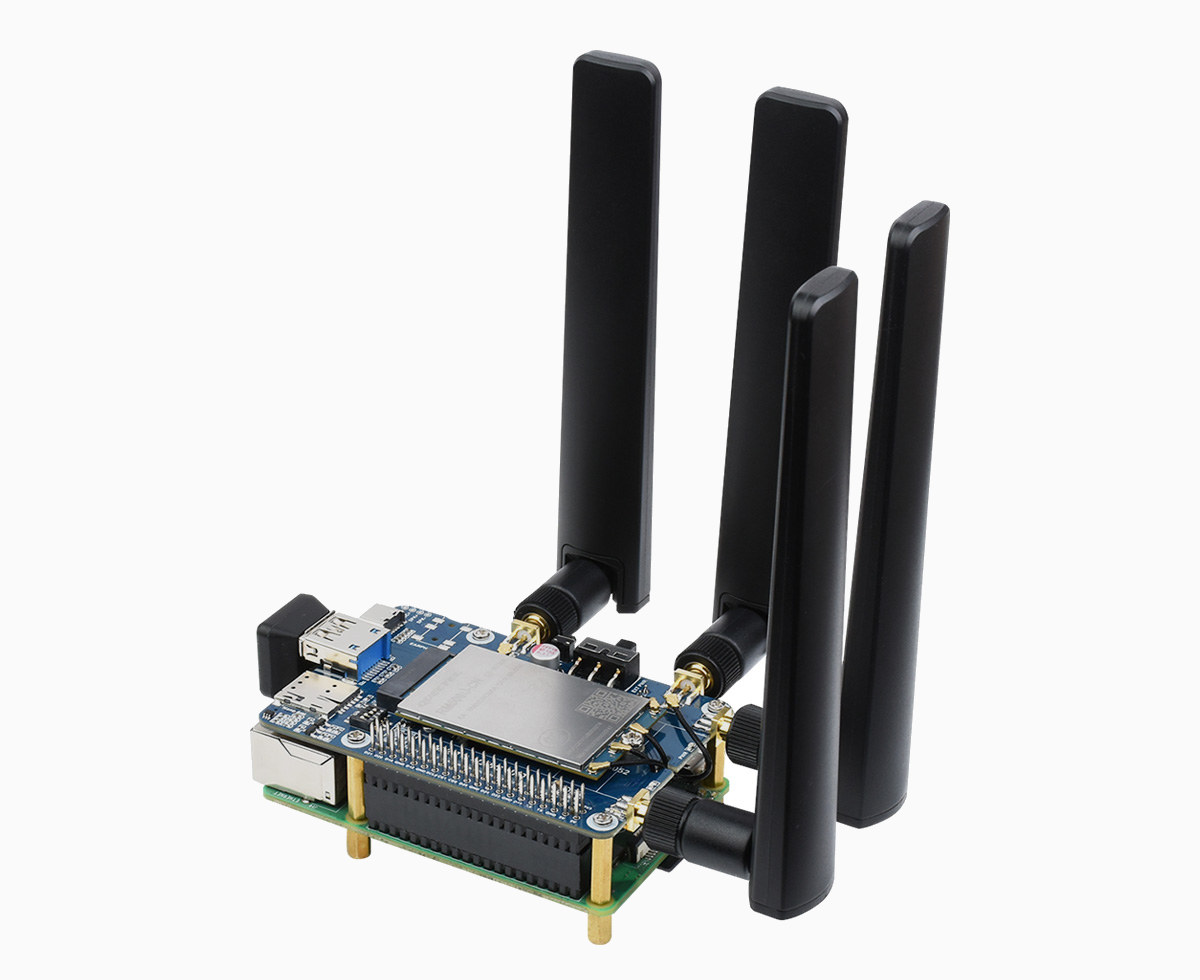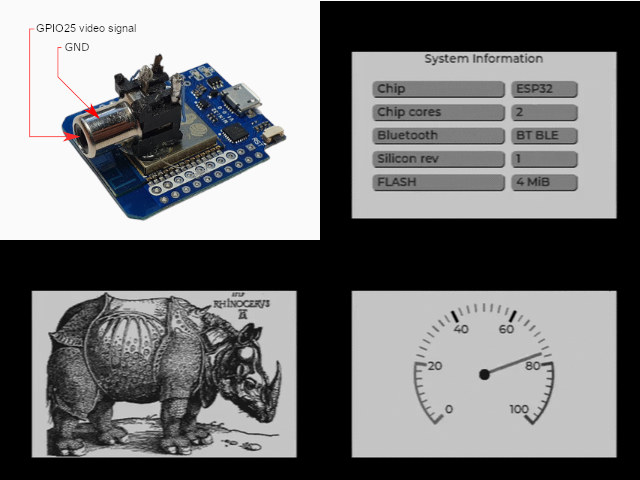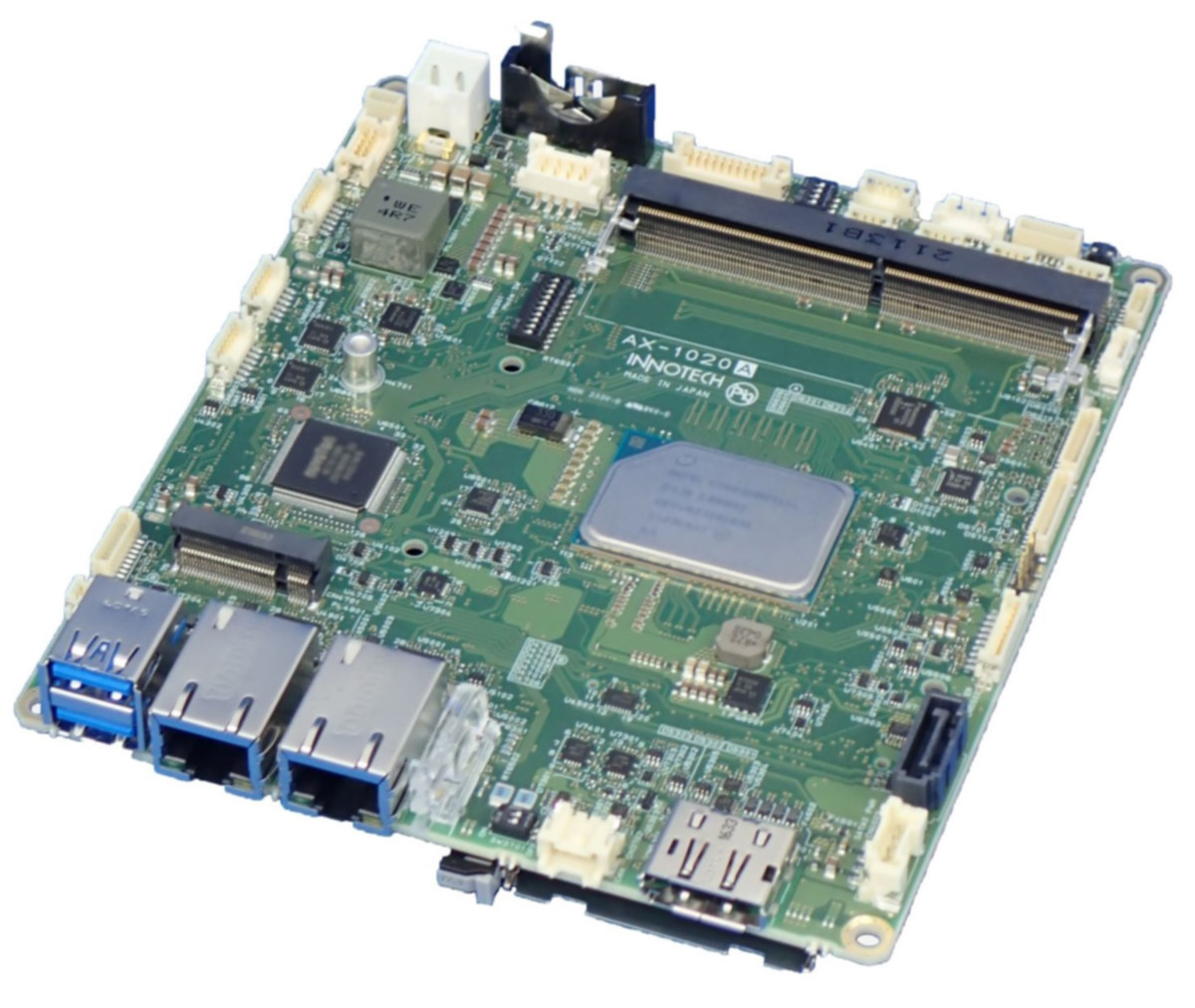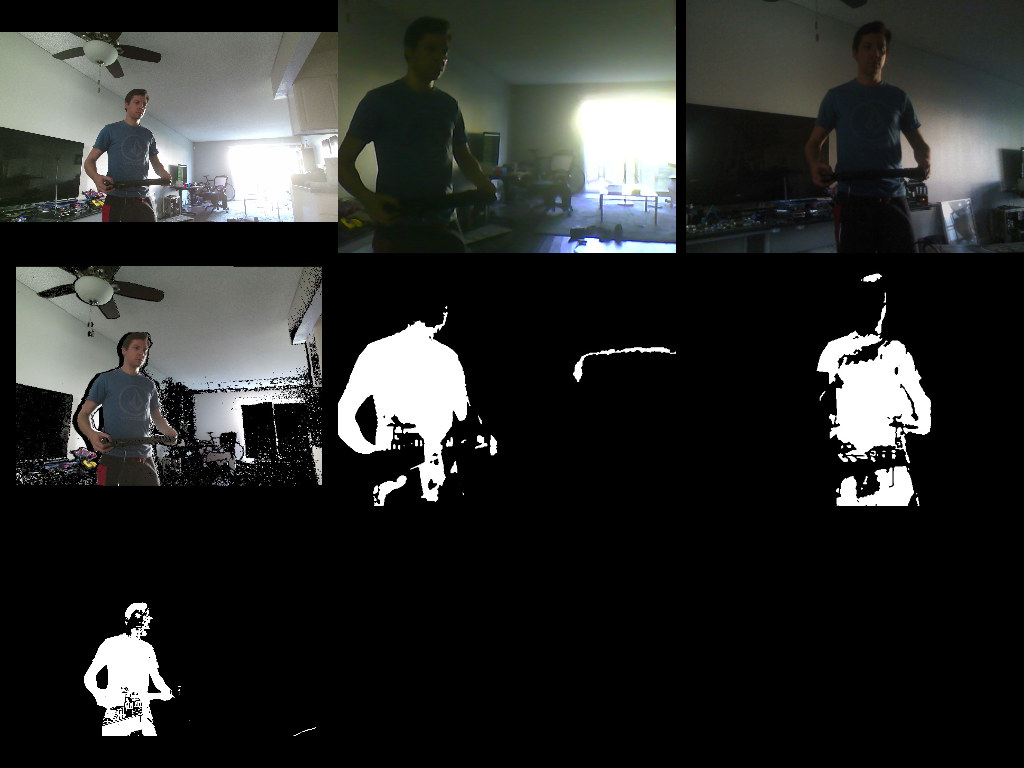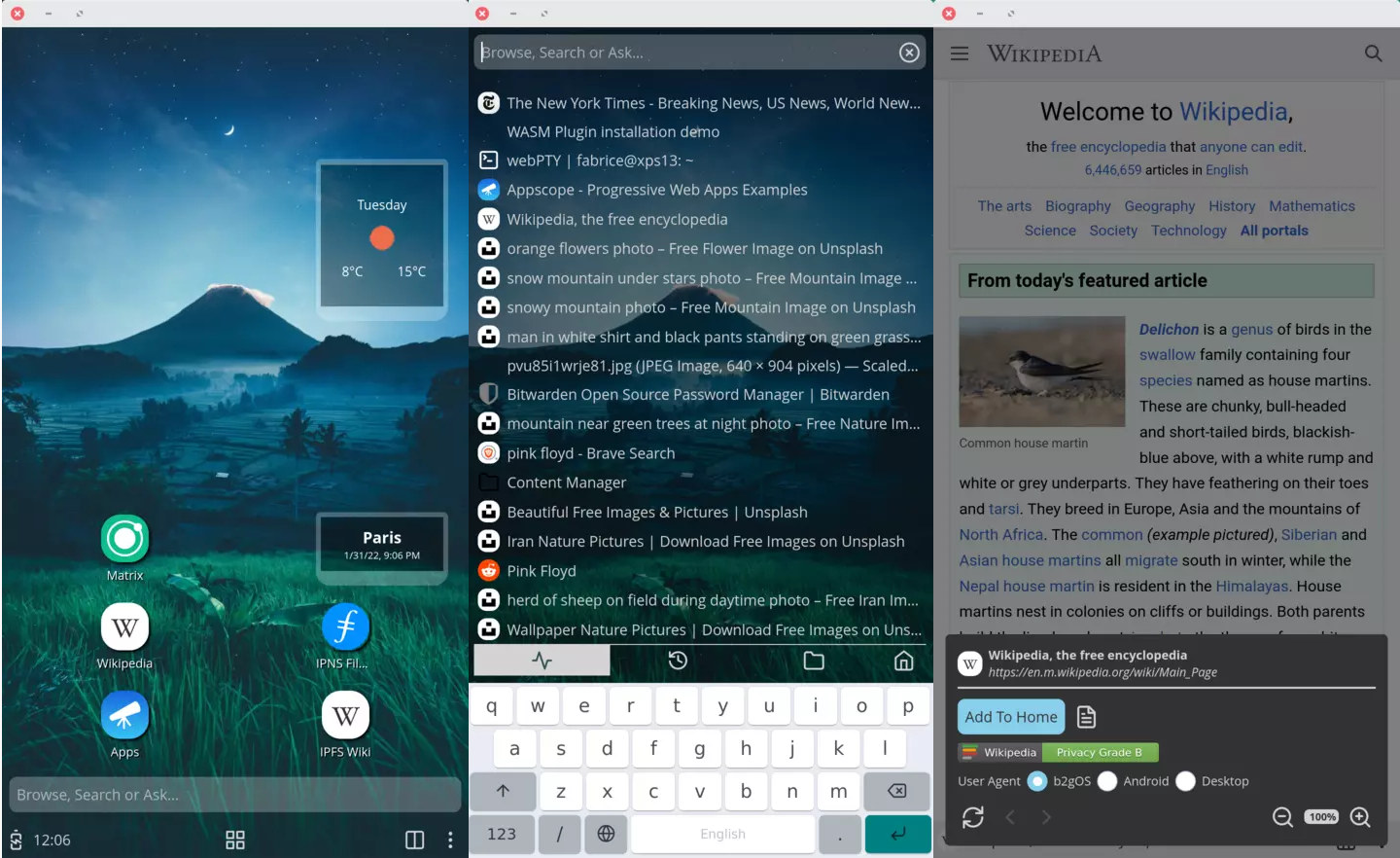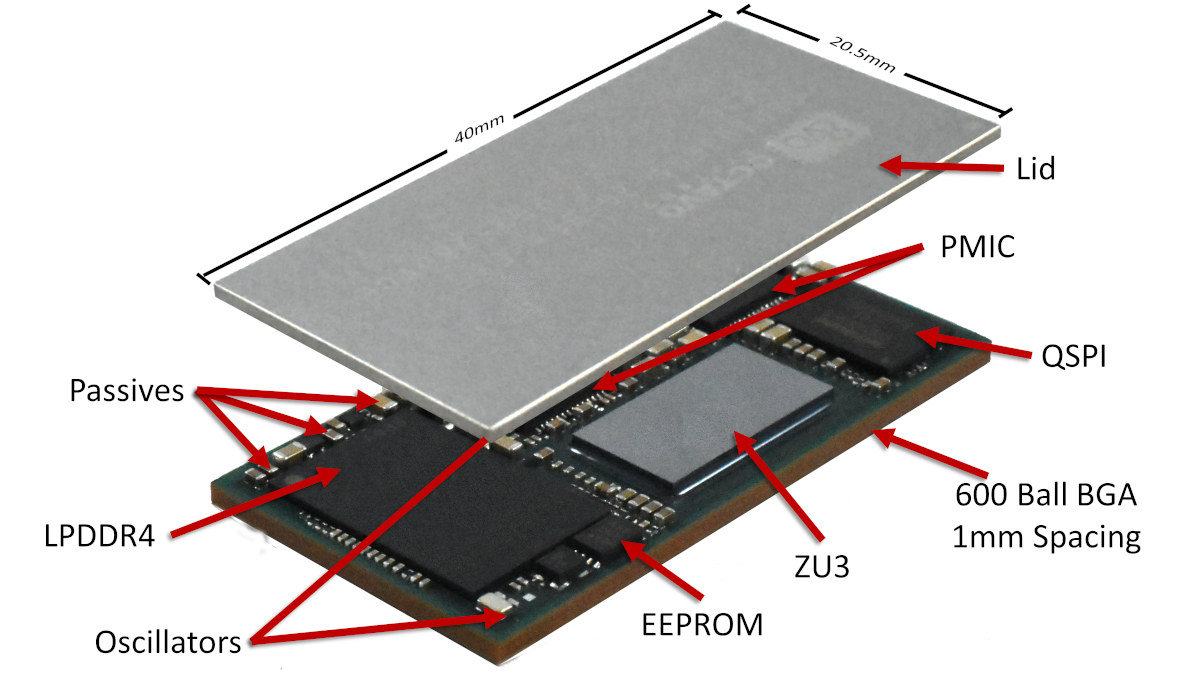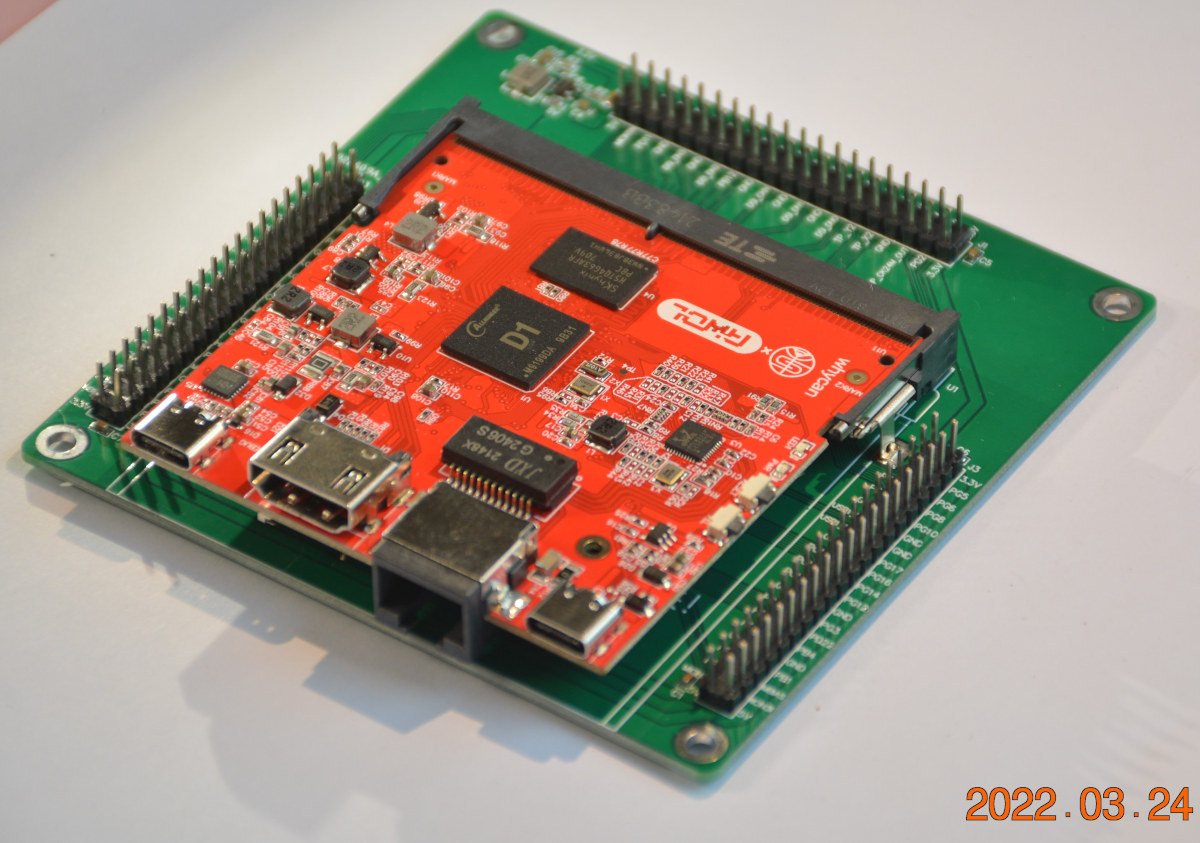Waveshare has introduced a new Raspberry Pi 5G HAT kit with a Quectel RM500U-CN 5G module, four antennas, and other accessories that sells for under $200, Raspberry Pi SBC not included. On the face of it, it looks like an incredible deal, considering we’ve previously covered two other 5G development kits for the Raspberry Pi, namely Waveshare SIM8200EA-M2 HAT with a Snapdragon X55 5G modem and Sixfab “Raspberry Pi 5G Development Kit” that sold for about $400 to $600. What’s the trick? It’s designed for the Chinese market. RM500U-CN Raspberry Pi 5G HAT kit content: Waveshare Raspberry Pi M.2 TO 4G/5G HAT Quectel RM500U-CN 5G M.2 module 4x antennas plus SMA protective caps and IPEX adapter cables USB 3.0 male to male cable 1x USB 3.0 adapter and 1x USB 2.0 adapter 40-pin header 5V/3A USB Type-C power adapter Screws pack We can find more details about the RM500U-CN module […]
ESP32 Composite Video Library outputs PAL, SECAM and NTSC, supports LVGL
It’s been possible to use the I2S for video output on ESP8266 and ESP32 chips for years, but aquaticus’ ESP32 Composite Video Library is may simplify the task of outputting PAL, NTSC, or SECAM video signals from any Tensilica-based ESP32 platforms. The library does not require any external hardware, and you can just connect an RCA connector to GPIO25 (I2S data) and GND, plus integration with the LVGL library makes it easy to create graphical user interfaces as showcased with the captures below. The library supports grayscale video output (no color at this stage), multiple resolutions from 384×288 to 720×288 at up to 25 or 30 Hz, six different pixel clocks for PAL/SECAM and NTSC, as well as six framebuffer formats with namely RGB565, RGB332, Grey 8 bits/pixel, Grey 4 bits/pixel, Monochrome 1 bit/pixel, and LVGL monochrome 1 byte/pixel. You’ll find the source code for the ESP32 Video Composite […]
INNOTECH AX-1020 Atom x6000E Elkhart Lake SBC targets fanless equipment
Japan-based INNOTECH has announced the AX-1020 SBC based on Intel Atom x6000E Elkhart Lake processor designed for fanless industrial equipment, medical equipment, surveillance/security, and transportation applications. The board supports up to 16GB of RAM, SATA & NVMe storage, and is equipped with three display interfaces, two Gigabit Ethernet ports, six USB3.0/2.0 interfaces, one RS-485/422, and four RS-232C serial interfaces. INNOTECH AX-1020 specifications: Choice of Atom x6000E Elkhart Lake SoC Intel Atom x6425E quad-core processor @ 2.00 GHz / 3.0 GHz with 32 EU UHD graphics; 12W TDP Intel Atom x6413E quad-core processor @ 1.50 GHz / 3.0 GHz with 16 EU UHD graphics; 9W TDP Intel Atom x6211E dual-core processor @ 1.30 GHz / 3.0 GHz with 16 EU UHD graphics; 6W TDP System Memory – 4GB to 16GB DDR4 SO-DIMM (The company tells customers to contact them first when using 8GB or 16GB RAM) Storage – 1x SATA port, […]
OASIS – ROS 2 based Smart Home operating system integrates with Kodi
OASIS is a Smart Home operating system based on ROS 2 that currently implements computer vision, input streaming, and general automation features, and can be integrated into Kodi media center. The operating system was recently released by Garrett Brown (a.k.a. garbear or eigendude), who is also known for being the RetroPlayer developer from Team Kodi/XBMC, and provides a complete implementation of the Firmata protocol for communicating with Arduino boards, plus additional support for temperature and humidity sensors, I2C, servos, sonar, SPI, stepper motors, and 4-wire CPU fans. Two main use cases are computer vision and input streaming at this time. The illustration above shows the former with the Kinect 2 driver ported to ROS 2, a background subtractor on all camera feeds using bgslibrary C++ background subtraction library, and Kodi as the visual interface. The second, input streaming, can be seen below with a Lego train (including a Falcon spaceship!) […]
Capyloon mobile Web-based OS works on Pinephone Pro, Librem 5, Pixel 3a
Capyloon is an experimental Web-based OS leveraging b2gOS that served as the base for the now-defunct Firefox OS. The developers’ goal is to provide an open-source OS improving privacy and user control through web technologies. It’s still early stage, and some of the technologies used include the IPFS protocol, WebAssembly plugins, and the Tor network. Capyloon is more like a new phone shell as it replaces Phosh when installing it in a Linux smartphone. The first version of Capyloon released last month worked on Pixel 3a, other Android phones through a generic system image, and 64-bit x86 Debian machines. But since then, the developers added support for Apple M1, and yesterday they released Debian packages for PinePhone Pro and Librem 5 Linux smartphones to run Capyloon on top of a Mobian image. Instructions are as follows: Download the Debian package for PinePhone Pro or Librem 5 Install the package withsudo […]
Lakka 4.0 game emulator released with LibreELEC 10.0.2 and RetroArch 1.10.1
Lakka 4.0 is the latest release of the game emulator based on LibreELEC 10.0.2 and RetroArch 1.10.1 frontend GUI for LibRetro game emulators cores. While Lakka was initially designed for Raspberry Pi boards in a way similar to RetroPie, it also works just fine on many other Arm platforms and PCs. Main changes to Lakka 4.0 compared to version 3.7: Build system based on LibreELEC 10.0.2 RetroArch updated to 1.10.1 Cores updated to their most recent versions superbroswar: added new libretro core sameduck: added new libretro core Mesa updated to 22.0.0 Mainline kernel updated to 5.10.103 (PC, Amlogic, Allwinner, NXP) Raspberry kernel updated to 5.10.95 Most arm devices switched to aarch64 Rockchip RK3288, RK3328 and RK3399 switched to mainline kernel 5.10.76 Added support for additional Allwinner and Amlogic devices (not tested on our side, as we do not own many of these devices) Nintendo Switch: complete rewrite of the port […]
OSZU3 System-in-Package (SiP) combines AMD Xilinx Zynq UltraScale+ MPSoC with 2GB RAM, PMIC, passive components
Octavo Systems has collaborated with AMD Xilinx for the OSZU3 system-in-package (SiP) that combines Zynq UltraScale+ MPSoC ZU3 with up to 2GB RAM, power management circuitry, and other components into a compact (40×20.5mm) 600-ball BGA package. We’ve already written about other Octavo Systems SiPs in the past with solutions like OSD3358x (TI Sitara AM3358) and OSD32MP15x (STMicro STM32MP1), but the OSZU3 packs a much more powerful and flexible chip with the AMD Xilinx Zynq UltraScale+ MPSoC offering both Cortex-A53 & Cortex-R5F cores, Arm Mali-400 GPU, and FPGA fabric. Octavo Systems OSZU3 SiP specifications: SoC – AMD Xilinx Zynq UltraScale+ MPSoC ZU3 with CPU – 4x Arm Cortex-A53 up to 1.2GHz, 2x Arm Cortex-R5F up to 500MHz GPU – Arm Mali-400 FPGA 154K System Logic Cells 141K Flip-Flops 71K CLB LUTs 360 DSP Slices 7.6 Mb Block RAM System Memory – 2GB LPDDR4 Storage – 128MB SQPI, and 4K EEPROM (by […]
Dongshan Nezha STU devkit features Allwinner D1 RISC-V SoM/SBC
Dongshan Nezha STU is a development kit comprised of an Allwinner D1 RISC-V system-on-module (SoM) and a carrier board with three 40-pin headers to access I/Os from the RISC-V processor. While not quite as compact as the Sipeed LicheeRV module, the “Dongshan Nezha STU Core” module also doubles as a standalone single board computer (SBC) with USB-C, Ethernet and HDMI ports, plus a MicroSD card socket for the firmware, which reminds me of the Khadas Edge design. Dongshan Nezha STU specifications: Nezha STU Core SoM SoC – Allwinner D1 single-core XuanTie C906 64-bit RISC-V processor @ 1.0 GHz with HiFi4 DSP, G2D 2D graphics accelerators Memory – 512MB DDR3 memory (option up to 2GB – TBC) Storage – MicroSD card slot, 2Gbit serial NAND flash (MX35LF1GE4AB); Note the SPI NAND flash (U12) is not populated in the photo below. Video – HDMI port up to 1080p60 Networking – Low-profile Gigabit […]


